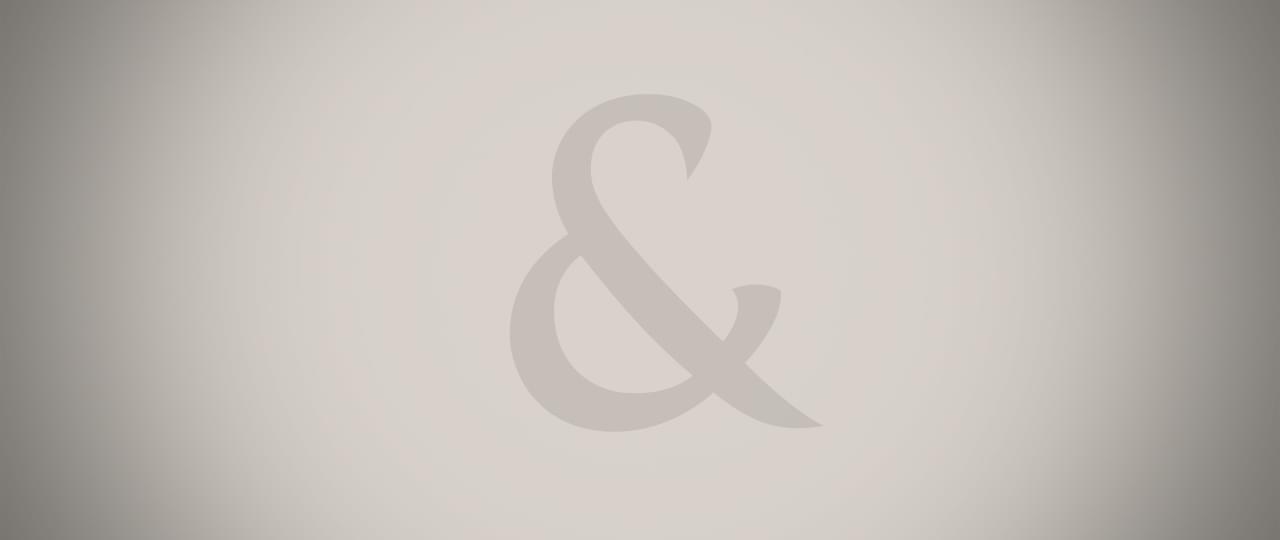
The new Scottish property tax - the Land and Buildings Transaction Tax (LBTT) - replaces stamp duty from today (April 1).
The new Scottish property tax - the Land and Buildings Transaction Tax (LBTT) - replaces stamp duty from today (April 1).
It will reduce tax for 40,000 transactions in the first year and totally remove any charges for around 10,000 property purchases.
The LBTT is the first new tax to be set in Scotland for 300 years.
How does it work?
The original plans for the new tax were for it to replace the old regressive UK-wide Stamp Duty charges. In the past, Stamp Duty was charged on the whole value of the property, while the LBTT was designed to only be charged on the value over a series of thresholds.
However, since Scotland announced the LBTT, Westminster has introduced a more progressive style of Stamp Duty.
Under the LBTT system the Scottish rates are as following:
• £0 to £145,000 – 0%
• £145,001 to £250,000 – 2%
• £250,001 to £325,000 – 5%
• £325,001 to £750,000 – 10%
• £750,001 and over – 12%
This means that for any property transaction under £145,000, there will be no tax charge.
If the purchase is over £145,000 and under £250,000, the buyer will only pay 2% on the value over. For example, with a property bought for £155,000, the buyer will pay 2% on the £10,000 over the £145,001 threshold. This equates to £200.
What will be the effect?
Kevin Maley, a Partner at Strutt & Parker’sEstate Agency in Inverness says: ‘It’s difficult to say what lies ahead, particularly with the General Election likely to stall the market nearer the time.
‘I suspect that at the higher end, the change may be reflected in buyer’s offers in that they take this extra cost into account and factor it into what they are prepared to pay.’
There was a flurry of activity in recent months following the announcement about the new tax.
Blair Stewart, a Partner at Strutt & Parker’s City Estate Agency in Edinburgh says: ‘There is no doubt that the looming introduction sparked a flood of activity in the Edinburgh city market, especially for properties with values in excess of £500,000.’
As a result of the new rates, the Scottish Government hopes that 90% of tax payers will be better or no worse off than under UK Stamp Duty.
All those buying a residential property in Scotland for £330,000 or less will pay up to £400 less tax under LBTT, or will pay no tax at all.
The Scottish Government’s Finance Secretary John Swinney says: ‘My priority is to help first-time buyers to enter the housing market and to assist people as they progress through the property market.
‘Consistent with the principle that tax should be proportionate to the ability to pay, the burden of taxation should fall on each according to their ability.’
